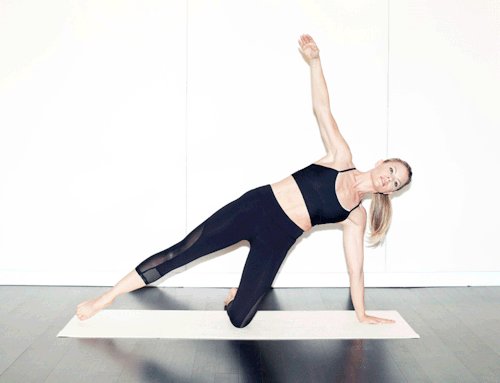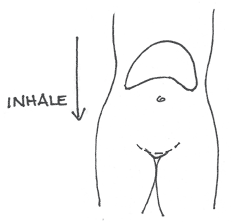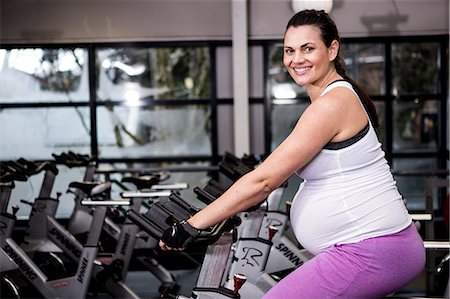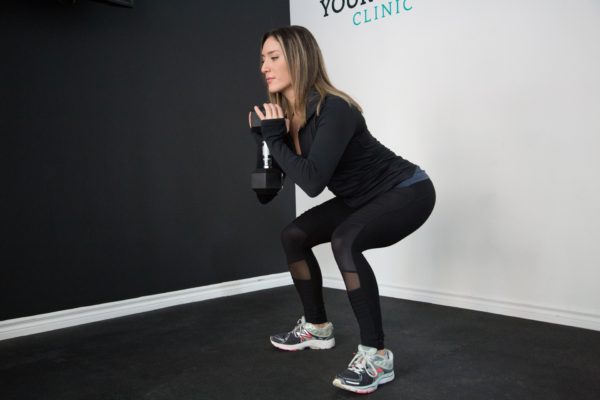So before pregnancy, you were a proper fitness junkie– fully armed with the latest fitness routines, meal preps, workout gears, and fitness tools. Now you’re mildly freaking out because you think now you won’t be able to go ham on exercising anymore and you’ll end up looking like a dollop of jelly postpartum.
Or you were just a regular person: Eats regularly, isn’t fazed by the small gains and losses, occasionally jogs, skips or swims, just coasting generally. But now you’re pregnant. A consciousness suddenly awakes in you– you’re terrified of gaining weight you won’t be able to shed post-pregnancy. So you want to do the needful right now.
Whichever category you belong to, you just want to be able to revert to your pre-pregnancy body as soon as possible. Know that while you definitely can’t do your normal exercise routines anymore, there are still baby-safe exercises you can engage in to remain fit throughout your pregnancy. Though pregnancy comes with major body changes but as long as you follow a few specific guidelines, you’re good to go.
Each routine may be personally adapted to your strength threshold and fitness level.
THE FIRST TRIMESTER
This period is when your hormones will fully kick in and you easily give in to fatigue, dizziness, and exhaustion so it’s best to do mostly aerobic exercises and strength training for a minimum of two to three days every week.
Morning sickness is perhaps the most common first-trimester symptom in most women and it accounts for most of the exhaustion many feel. So before going into any routine and to ascertain your energy level, do what is fondly called an “Energy” test. To do this, find a comfortable, cozy place to lie in for about 10 minutes. If you do not fall asleep or struggle to stay awake, you’re good to go.
THE ACTIVITIES
Pilates: This is low-intensity strength and endurance activity aimed at increasing blood flow, building core strength and improving muscle control. All these benefits amp you up to decrease pain perception during labor. If you’re new to this activity, start with two to three sessions per week each lasting 5-10 minutes.

Sumo Squats: This helps to not just improve posture and correct your center of gravity just in time for the weight of your stomach, it also helps to open up your pelvis for the baby to anchor downwards. This reduces the pain experienced during labor and delivery. Your routine should involve you doing 10-20 repetitions two to three times per week.

Kegels: The weight of the fetus in the uterus makes it harder to control bladder muscles and doing Kegels regularly helps you control your abdominal and vaginal muscles. To do this, ensure your bladder is empty and squeeze your Kegel muscles for about 6-10 seconds. Do 15-20 repetitions three to four times every day.

Swimming: This is one low-impact and low-strain aerobic activity that will help greatly to improve blood circulation and thus oxygen delivery to your fetus. Doing 30-minutes swims two to three times a week is one effective way to keep your body toned. Ensure you do this with capable supervision.

Stationary cycling: This is another pregnancy-safe aerobic exercise that is low-risk and injury-free. To start out, do sessions that last 10-15 minutes. Subsequently, increase the duration to about 30-45 minutes or longer as deemed comfortable.

Dumbbell lifting: This strength exercise helps to evenly tone the muscles in the area you’re concentrated on. It also preps you for the extra human weight you’ll be carrying during the coming months. Weight exertions for upper body exercises should be no more than three to ten pounds and less than twenty pounds for lower body exercises. As you continue on further, the weight exertions for upper body exercises increase to about eight to twelve pounds and about twenty pounds for lower body exercises.

PREREQUISITE RECOMMENDATIONS
- Before, during and after every exercise session, it’s important to monitor your heart rate with either a heart rate monitor or if that is out of your means, you can check your pulse rate by placing your index and middle fingers on your neck, counting the number of pulses in 10 seconds and then multiplying that number by 6.
- Always do long stretches and warm-ups for at least five minutes in thirty seconds intervals before every exercise. Also, while you’ll be anxious for results, it’s safer to do light, controlled routines with light instruments but with a greater deal of repetitions. Asides the fact that you need to ease into your routines, it helps to target and work the specific muscles you’re trying to train.
- Pregnancy is already discomforting enough, so ensure to always wear comfortable cotton workout gears.
- Lastly, self-discipline is key. To see results your routines have to be regular– about three to four times a week. You can’t show up once every two weeks and try to make up for it by overworking yourself the next time you show up, you’ll likely cause the baby harm.
BENEFITS OF EXERCISING WHILE PREGNANT
- Improved blood circulation
- Increased body metabolism: You’re able to better control how much weight you gain while pregnant.
- Reduced risk of osteoporosis: Because pregnancy puts you at a greater risk of bone loss, women are more predisposed to osteoporosis later in life. Exercising helps to strengthen your bones and lessen the risk of osteoporosis
- Improved baby health: Research has shown that babies of moms who exercise have lower predispositions to childhood obesity.
- The dreaded second stage of labor gets shortened
- Improved balance and coordination
- Postpartum recovery is sped up.
PRECAUTIONS AND GUIDELINES FOR THE EXERCISES PROFERRED ABOVE
- Increased joint flexibility: The body produces relaxin hormone in greater proportions during pregnancy. It’s responsible for the looseness and flexibility of the ligaments and joints in a pregnant woman. Because of this, you’ll be tempted to over-stretch during some routines. Please do not exceed reasonable exercise limits as even though you’re now more flexible, you’re also more prone to injuries.
- Dehydration: With exercising comes dehydration so ensure to consume sufficient quantities of water before, during and after exercising
- Swelling: The uterus presses on the large vein that takes blood from your legs back to the inferior vena cava. Due to this, you’d notice swelling of the lower extremities, particularly your legs and ankles. It is important to note that you shouldn’t engage in any activities that keep you in the supine position (i.e lying flat on your back). To reduce this symptom, do more activities that involve sitting or lying on your left side.
- Eat before exercising: Exercise is energy-consuming. Glucose is the major energy fuel in the body and you get it only from food sources. Ensure to eat something light before every exercise. You don’t want to risk being dizzy because you’ve depleted your glucose reserves.
- Stable body temperature: It’s important to keep an eye out on your body temperature while exercising. Ensure it doesn’t surpass 102 degrees Fahrenheit. To this effect, make sure your workout location is well-ventilated. Also, ensure it is spacious enough to prevent the possibilities of dangerous impact with any objects.
IMPORTANT CAVEAT: The exercises prescribed here are in no way substitutes for directions or counseling from your obstetrician. They are only intended for informational purposes. All workouts must be approved by a licensed physician. During each exercise activity, ensure you have competent guidance and supervision. If you have a prior history of medical complications, exercising may not be advised.
- How To Revive Your Sex Life After Baby - October 17, 2023
- The Sona App Aims To Make Your Child “Sleep Like A Baby” And We Tested It - May 14, 2023
- 7 Ways To Get Some Alone Time As A Mom - March 1, 2023








